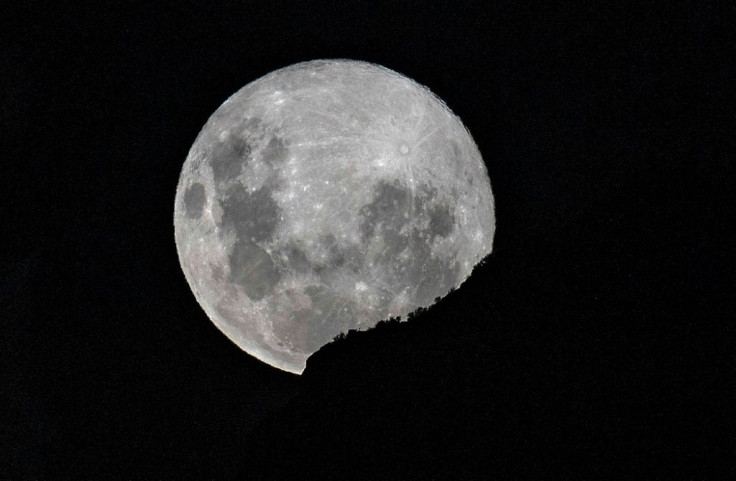April 2021 Night Sky Space Events To Watch Out For
KEY POINTS
- The annual Lyrid meteor shower is set to peak on April 22 and could produce up to 18 meteors per hour
- Observers from certain parts of the globe will get a good view of the moon as it passes in front of Mars on April 16
- April's Pink Moon, also known as the Fish Moon, will reach its full phase toward the end of the month
April has a number of special sky events that space enthusiasts can look forward to, including constellations and meteor showers.
Here are a few dates skywatchers should watch out for this month to see some stunning celestial sights, courtesy of NASA, Space.com and Chris Vaughan of Starry Night Education.
April 6 - Old moon below Saturn (pre-dawn)
About 4:15 a.m. EDT, two hours before the sunrise, one will be able to view the waning crescent moon and Saturn together in the east with the use of binoculars. The two will also form a planetary trio with Jupiter, which will be in their lower left.
April 9 - Ursa Major Galaxies (all night)
April 9 offers a good opportunity to spot galaxies in the Big Dipper asterism and its home constellation of Ursa Major.
Bode’s Nebula or Messier 81, one of the galaxies, can be spotted by drawing a line connecting the dipper stars Phecda to Dubhe and extending it by an amount equal to their separation. A galaxy named Cigar, located about a half degree to the north will also be visible during this time.
April 10 - Whirlpool and Pinwheel Galaxies (all night)
Throughout the night of April 10, two galaxies will be visible with the use of binoculars or backyard telescopes.
Messier 101, a pinwheel galaxy positioned a palm’s width to the left (or 5.5 degrees to celestial north) of Alkaid (the tip of the Big Dipper's handle), will be visible, although its brightness is expected to be quite low. If one positions their binoculars several fingers' widths to the upper right of Alkaid, however, they'll be able to spot the Whirlpool Galaxy or Messier 51.
April 11 - New Moon
At 10:30 p.m. EDT/7:30 p.m. PDT on April 11, the moon will reach its new phase. During this phase, the moon will be traveling between the Earth and the sun and therefore won't be visible from anywhere on Earth for about a day. After its new moon phase, however, Earth's celestial night-light is expected to return to the western evening sky.
April 16 - Moon Passes Mars (evening)
Observers in most of central and eastern Africa, as well as the southern parts of the Middle East, India, Southeast Asia, Indonesia and most of the Philippines, will get a good view of the moon as it passes in front of Mars. The waxing crescent moon is expected to position itself about a palm's width (or 6 degrees to the celestial west) below the red planet in the evening sky.
April 20 - First Quarter Moon
Upon the completion of its first quarter of orbit around Earth at approximately 2:59 a.m. EDT on April 20, the relative positions of the Earth, sun and moon will allow viewers from Earth to see the moon half-illuminated on its eastern side. The moon will also be visible in the afternoon daytime sky.
April 22 - Lyrids Meteor Shower Peak (pre-dawn)
The annual Lyrid meteor shower, which runs from April 16 to 30, will peak on April 22 at approximately 12:00 GMT (8 p.m. EDT).
During its peak, the Lyrids can showcase up to 18 meteors per hour, producing occasional fireballs as well. According to Space.com, the majority of the meteors will streak away from a point in the sky near the bright star Vega. However, the light of the waxing gibbous Moon could reduce the number of meteors skywatchers will be able to see, per NASA.
April 26 - Full Pink Supermoon
Also known as the Sprouting Grass Moon, Egg Moon or Fish Moon, April's full moon will officially reach its phase at 3:31 GMT on April 27, which corresponds to 11:31 p.m. EDT on April 26. Supermoons, Space.com says, look about 16% brighter and 7% larger than average.

© Copyright IBTimes 2025. All rights reserved.





















